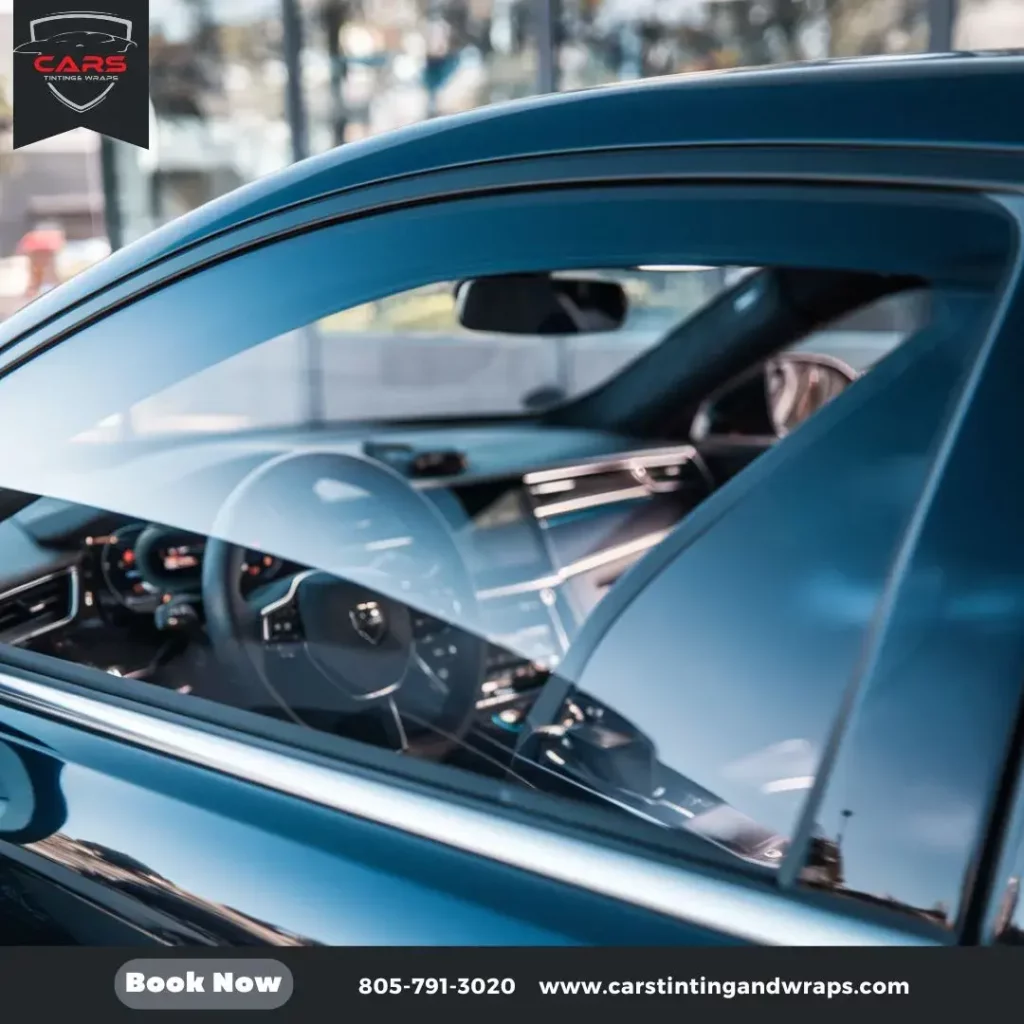
Auto glass tinting is more than just an aesthetic upgrade—it can block up to 99% of harmful UV rays, reducing the risk of skin cancer and preventing interior fading. According to the Skin Cancer Foundation, prolonged sun exposure through untinted windows can contribute to skin damage over time. Additionally, tinting can lower cabin temperatures by up to 60%, improving overall driving comfort. provides numerous benefits, including UV protection, heat reduction, privacy, and improved safety. However, not all window films are created equal. With various types available, selecting the right tint for your vehicle can be challenging. This guide will help you understand the different types of window films and their specific advantages.
Types of Auto Tinting Films
1. Dyed Window Film
- Overview: This type of tint consists of multiple layers of dyed film that absorb sunlight and reduce glare.
- Benefits: It is one of the most affordable tinting options, provides good privacy, and enhances the vehicle’s appearance.
- Drawbacks: It tends to fade over time and offers limited heat rejection compared to other films.
- Best For: Drivers looking for an economical way to improve privacy and reduce glare.
2. Metalized Window Film (e.g., 3M™ High-Performance Auto Film)
- Overview: This film is embedded with metallic particles that reflect heat and UV rays.
- Benefits: It is highly effective in reducing heat inside the car, strengthens the glass, and does not fade as quickly as dyed films.
- Drawbacks: The metallic particles may interfere with GPS, radio, and cell phone signals.
- Best For: Those seeking enhanced heat rejection and durability.
3. Carbon Window Film
- Overview: Made with carbon particles, this film blocks infrared light and offers superior heat rejection.
- Benefits: Does not fade over time, improves energy efficiency by keeping the car cooler, and reduces glare effectively.
- Drawbacks: More expensive than dyed or metalized films.
- Best For: Drivers looking for a durable and high-performing tint without signal interference.
4. Ceramic Window Film
- Overview: This premium tint is made using non-metallic, non-conductive ceramic particles.
- Benefits: Provides the highest level of UV and heat protection, does not interfere with electronic devices, and offers excellent clarity.
- Drawbacks: One of the most expensive tinting options.
- Best For: Those who want the best performance and longevity from their window film.
5. Hybrid Window Film
- Overview: A combination of dyed and metalized film to offer a balanced solution.
- Benefits: Reduces heat effectively, offers good durability, and minimizes electronic interference.
- Drawbacks: More expensive than dyed film but not as high-performing as ceramic or carbon options.
- Best For: Drivers looking for a balance between affordability and performance.
Choosing the Right Car Tinting Option
For a quick comparison, here is a summary of the key differences among the various window films:
| Film Type | Heat Rejection | UV Protection | Durability | Interference | Cost |
|---|---|---|---|---|---|
| Dyed | Low | Moderate | Low (Fades over time) | None | Low |
| Metalized | High | High | High | Possible GPS/Radio interference | Moderate |
| Carbon | Very High | High | High | None | High |
| Ceramic | Highest | Highest | Very High | None | Highest |
| Hybrid | Moderate | High | Moderate | Possible interference | Moderate |
When selecting an auto glass tint, consider the following factors:
- Legal Regulations: Check local tinting laws to ensure compliance.
- Heat Rejection Needs: If you live in a hot climate, opt for ceramic or carbon films.
- Budget: Dyed films are budget-friendly, while ceramic films offer premium performance.
- Aesthetic Preferences: Different films provide varying levels of darkness and reflectivity.
- Interference Concerns: If you rely heavily on GPS or Bluetooth, avoid metalized films.
Auto glass tinting enhances comfort, safety, and style, but choosing the right type of window film is crucial to maximizing its benefits. Whether you opt for an affordable dyed film or a high-performance ceramic tint, make sure it aligns with your needs and budget. For the best results, consult a professional installer. Look for certified professionals with positive customer reviews and experience with different tint types. Ask about warranties, compliance with local tinting laws, and request examples of past work. A reputable installer should also provide a clear breakdown of costs and expected durability of the tint options. to ensure proper application and compliance with local laws.